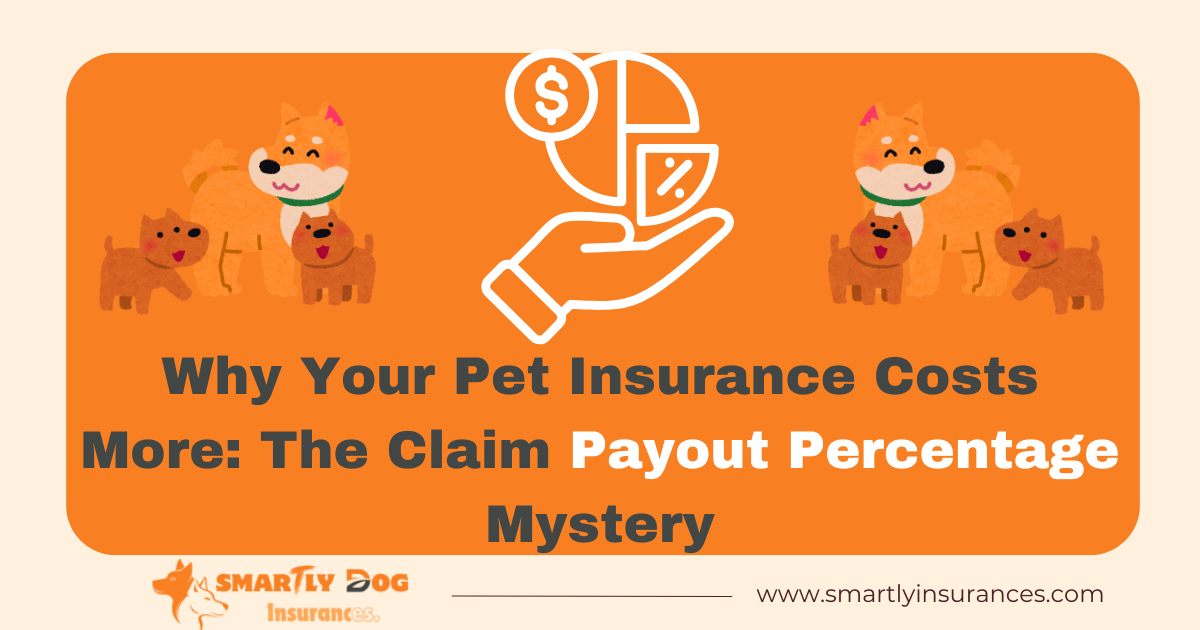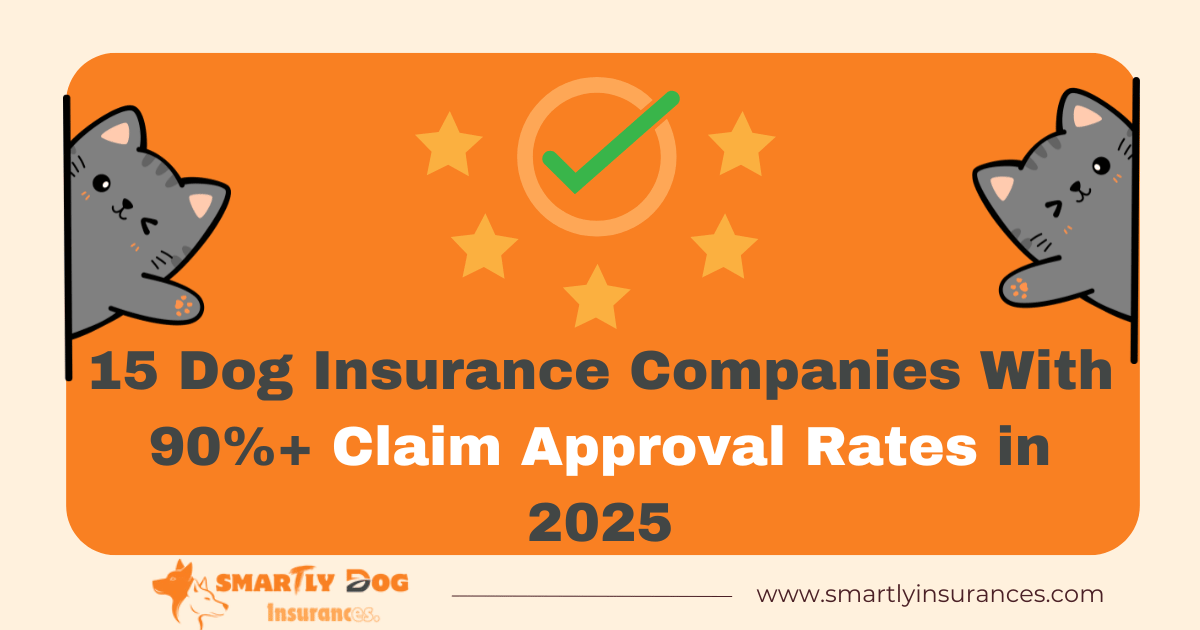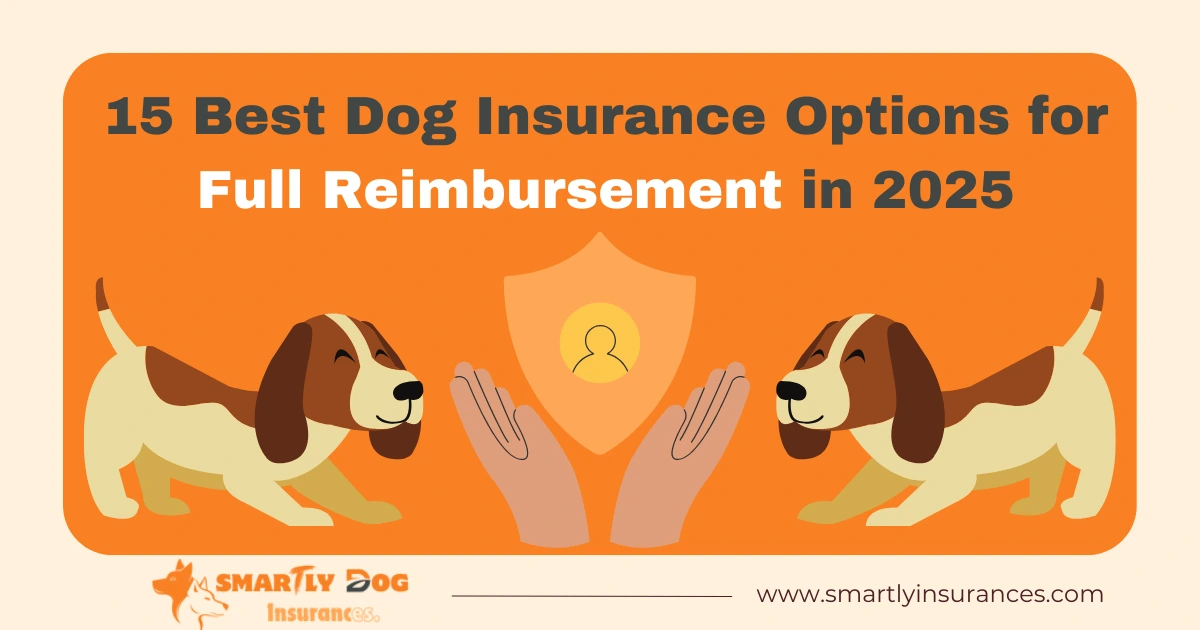Pet owners might be shocked to learn that emergency pet surgeries can cost up to $7,000. The average monthly pet insurance premium costs just $56.30 for dogs and $31.94 for cats. Many pet owners wonder about claim payout percentages and their impact on insurance costs.
Your vet bill gets reimbursed between 60% to 90% after meeting the deductible, which ranges from $0 to $1,000. Several factors shape your pet’s insurance costs. Your pet’s breed, age, and health condition play crucial roles. A Labrador Retriever’s premium shows this clearly – it jumps from $57 per month at 8 weeks to $160 monthly by age 10. In this piece, we’ll break down these payout percentages and explain what drives your pet insurance costs.
Understanding Pet Insurance Reimbursement Levels
Pet insurance reimbursement works on a percentage basis where insurers cover between 70% to 90% of eligible veterinary expenses. Let’s get into how this system actually works.
How the 70-90% Reimbursement Range Works
Insurance providers handle claims in two different ways. The first method takes out the deductible before applying the copay. The second method does the opposite by applying the copay before taking out the deductible. To cite an instance, a $1,200 veterinary bill with an 80% reimbursement rate and $200 deductible can show a payout difference of up to $40 between these methods.
Effect on Monthly Premium Costs
Your chosen reimbursement percentage changes your monthly premium costs by a lot. A 70% reimbursement level leads to lower premiums than 90% coverage. On top of that, pet owners can control their premium costs by adjusting their reimbursement rate against their deductible amount.
Calculating Your Out-of-Pocket Expenses
You need to think about three key parts to understand your out-of-pocket costs:
| Component | Description |
|---|---|
| Deductible | Ranges from $0 to $1,000 |
| Reimbursement | 70% to 90% of covered expenses |
| Annual Limit | Maximum yearly payout |
Here’s a real example: with an 80% reimbursement rate on a $500 veterinary bill and a $200 deductible, the insurance would cover $200. This leaves you to pay $300. So, higher reimbursement rates give you better coverage but come with higher monthly premiums.
The Claims Process and Your Costs
The pet insurance claims process is simple. You’ll need to pay the vet bill upfront and gather the right documents to get your claim processed smoothly.
Step-by-Step Claims Filing Guide
- Pay your veterinary bill directly
- Get an itemized invoice showing all charges
- Collect medical records and SOAP notes if required
- Submit claim through provider’s preferred method (online portal, app, email, or mail)
- Track claim status through provider’s platform
- Receive reimbursement via check or direct deposit
Most providers need a complete invoice that has total charges, discounts, and taxes. Your claim goes through a review process, and the insurance company might ask for more documents.
Average Processing Times by Provider
Different insurance providers take varying amounts of time to process claims. Here’s a breakdown of typical processing times:
| Provider Type | Standard Claims | Wellness Claims |
|---|---|---|
| Digital-First | 2-4 days | 2 days |
| Traditional | 10-15 days | 5 days |
| Complex Cases | Up to 30 days | N/A |
First-time claims take longer because they need a medical history review. You’ll get a confirmation within two business days after submitting your claim. Once approved, you’ll get your reimbursement by check within 10 business days, or through direct deposit within 3 business days.
Pet insurance lets you visit any licensed veterinarian, so you won’t have to worry about network restrictions. Some providers are now offering direct veterinary payments, but this option isn’t widely available yet.
How Previous Claims Affect Future Premiums
Pet insurance claims affect future costs in several ways. Insurance providers review individual pet health histories and broader claim patterns to adjust premiums.
First Claim Impact Analysis
Your pet’s first claim prompts a thorough review of their health status. Insurance companies adjust rates based on diagnosed conditions and treatment patterns. To name just one example, a pet diagnosed with diabetes usually faces higher premiums because of expected ongoing treatment costs. In spite of that, some providers say a single claim doesn’t automatically mean higher premiums.
Multiple Claims Effect on Costs
Multiple claims within a policy period can drive premium calculations higher. Insurance providers analyze claim frequencies among their insured pets. Premiums often rise when certain health problems become common. Recent data reveals premium increases ranging from 60% to 100% for pets with multiple claims.
Claim-Free Discount Programs
Insurance companies reward pets without claims. These programs work in the following ways:
| Discount Type | Benefit |
|---|---|
| Annual Deductible | Decreases automatically after claim-free years |
| Premium Reduction | Up to 10% discount for no claims |
| Wellness Rewards | Additional savings on routine care |
MetLife and Embrace offer diminishing deductibles that automatically reduce annual deductibles for each claim-free policy year. Pet owners can combine multiple discounts, such as claim-free benefits with multi-pet enrollment.
Breed-Specific Claim Patterns
A pet’s size and genetic makeup shape their insurance claims and costs. Large breeds generate higher insurance claims because medical procedures cost more for bigger animals.
High-Risk Breed Premium Adjustments
Insurance providers group pets based on their breed’s health risks. Large breeds pay higher premiums because they need more extensive medical procedures and larger medication doses. Great Danes and Saint Bernards often develop joint problems that lead to expensive vet bills.
Common Claims by Dog Breed
Each breed shows unique patterns in insurance claims. More than one in eight Rottweilers develop bone cancer. French Bulldogs struggle with breathing problems, while Doberman Pinschers tend to have heart conditions. German Shepherds need treatment for:
- Hip and elbow dysplasia
- Degenerative myelopathy
- Digestive tract disorders
Breed-Related Cost Variations
Breed-specific health risks determine monthly premium variations. Dog insurance costs average $34 for puppies and $35 for adult dogs. Some breeds pay higher premiums due to their medical histories:
| Breed Type | Common Health Issues | Impact on Claims |
|---|---|---|
| Brachycephalic Breeds | Respiratory problems | Higher emergency costs |
| Large Working Breeds | Joint injuries | Surgery costs up to $6,000 |
| Purebred Dogs | Hereditary conditions | More frequent claims |
Mixed-breed dogs cost less to insure than purebreds. Their broader genetic diversity results in fewer inherited health problems.
Optimizing Your Pet Insurance Payout Rate
The right reimbursement level plays a vital role in getting the most from your pet insurance benefits. A full picture of several factors helps you pick the best coverage structure that matches your pet’s needs.
Choosing the Right Reimbursement Level
Pet insurance works on a reimbursement model where you pay veterinary bills upfront. Your monthly premium costs depend on the reimbursement percentage – lower reimbursement rates mean lower premiums. Here’s how typical reimbursement options match up:
| Reimbursement Rate | Premium Impact | Best Suited For |
|---|---|---|
| 70% | Lowest premiums | Healthy pets with savings |
| 80% | Moderate costs | Average health needs |
| 90% | Highest premiums | Pets needing frequent care |
Your financial situation and pet’s health status matter more than picking the highest reimbursement rate. You should think about your emergency fund size and how well you can handle out-of-pocket costs.
When to Adjust Your Coverage
Most providers let you change your coverage during yearly policy renewal periods. You might need to adjust your coverage because:
- Moving to a new location with different veterinary costs
- Changes in your pet’s health status
- Modifications to your financial situation
- Concerns about additional health risks
Pets need more than just accident-only coverage as they get older and their risk of medical conditions goes up. Some providers let you change coverage mid-term, but you might need to cancel and sign up again.
Your vet can suggest the right coverage levels based on your pet’s breed and health history. This expert advice helps you build a policy that covers specific health risks without paying extra for coverage you don’t need.



